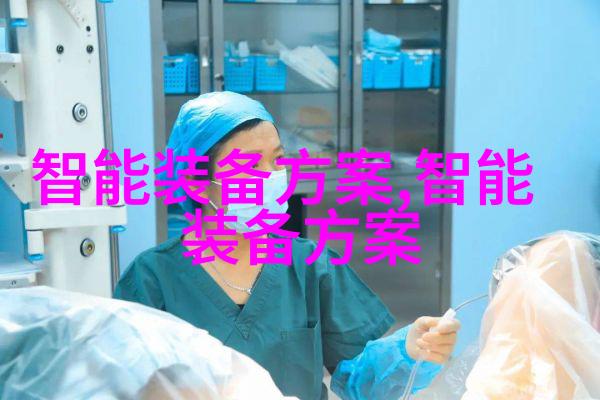1965年,戈登·摩尔观察计算机存储器晶体管数目,总结得出集成电路上可容纳的晶体管数目每隔两年就会增加一倍的规律,摩尔定律就此诞生。五十多年过去了,随着晶体管微缩逐渐逼近技术极限,关于摩尔定律的讨论进入新阶段。

发展放缓的后摩尔时代,一面是产业继续向前推进需要解决的技术挑战,另一面也为中国半导体的发展带来新机遇。本周三,在2021世界半导体大会暨南京国际半导体博览会的开幕式上,中国工程院院士、浙江大学微纳电子学院院长吴汉明教授指出:“后摩尔时代芯片性能提升速度放缓,对追赶者来说,一定是一个机会。”
集成电路产业链长是主要挑战

在半导体产业建设初期,半导体厂商以IDM为主,但随着制造工艺进步和晶圆尺寸扩大,加之设计、制造芯片所需耗费资金日渐攀升,不少IDM拆分,而垂直细分的Fabless、Foundry等新模式出现。加上上游原材料和生产设备本就复杂多样,这意味着即便是再强大的芯片公司,也需要依托产业链上的伙伴才能正产运转。
“集成电路产业面临的是非常复杂的问题”,吴汉明说,“从IP到EDA,从装备到材料,再到芯片制造,每个环节都有其独特性。”他进一步解释道,“这个行业非常注重全球化,因为任何一个国家或地区想要完全自给自足,都需要巨额投资,而且还可能导致产品成本显著增加。”

三代差距仍然存在
虽然华虹宏力、中芯国际等企业取得了一定的进展,但与国际先进水平相比,还存在很大的差距。这对于追赶者而言,无疑是一次难得的大机会。

Wu Hanming, a Chinese Academy of Sciences fellow and director of the Micro-Nano Electronic Institute at Zhejiang University, pointed out during the opening ceremony of the 2021 World Semiconductor Conference and Nanjing International Semiconductor Exhibition: "The slowdown in chip performance improvement in the post-Moore era is definitely an opportunity for catchers."
The main challenge facing the integrated circuit industry is its length and breadth, with numerous companies and research institutions involved. Wu Hanming highlighted that while China has made progress in chip manufacturing, it still lags behind international leaders by three generations.

In addition to material challenges like photolithography machines, detection equipment, and raw materials like photoresist, mask blanks, and silicon wafers being largely dependent on imports, there are also core challenges related to new materials and ultimate challenges involving yield rate improvements.
"The main challenge now is how to improve yield rates," said Wu Hanming. "No matter how advanced a manufacturing process may be if you can't achieve high yields it's not successful."
While some argue that globalization makes it difficult for countries to develop their own semiconductor industries independently due to costs associated with developing indigenous capabilities or importing technology from abroad (as evidenced by estimates suggesting a $90 billion - $120 billion investment required for complete self-sufficiency), others see opportunities in emerging technologies such as heterogeneous integration (like Xinkong Technology's approach) or direct bonding techniques (like those employed by Shining CEIC).
These emerging technologies offer potential solutions for future growth within China's semiconductor sector.